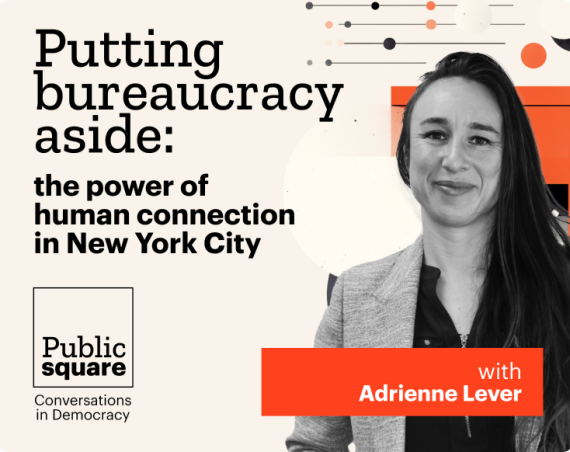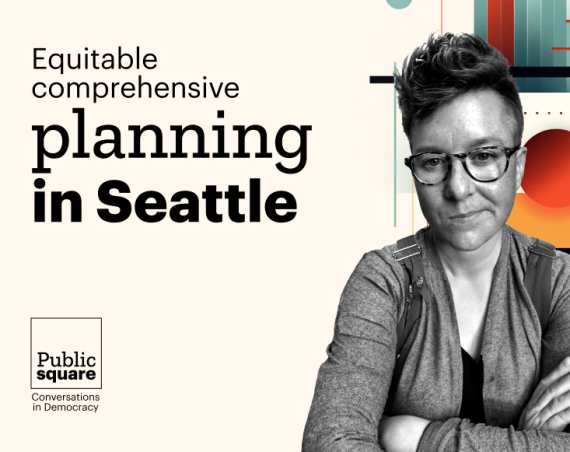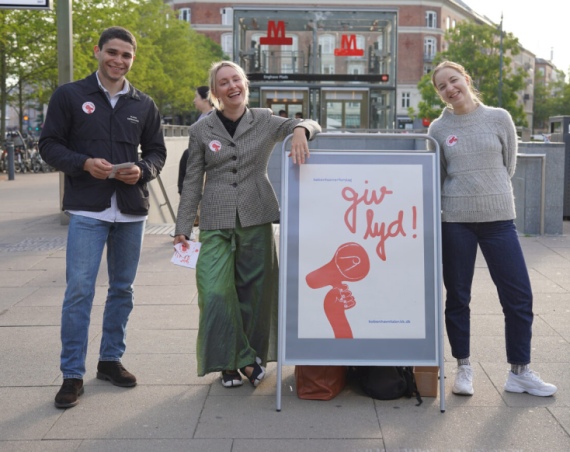So, you’ve engaged your community. You’ve asked residents and stakeholders to share ideas, cast votes, or take part in a survey. You might’ve even asked them to allocate budgets or invited them to an online workshop. And now, your community engagement results are in.
If you’ve asked your community to voice their opinions, disclosing the results of that discussion—and more specifically, how these results may steer decision-making—is an important type of accountability. Keeping participants in the loop shows them that their contributions are heard and valued. This plays a vital role in building trust and support and motivating community members to participate in future consultation processes. Moreover, it shows that the city is willing and able to put words into action. Really, communicating community engagement results is just as important as collecting input in the first place.
But what’s the best way to do share those results? To make things a little easier to grasp, we’ve gathered a few common and successful best practices from the local governments we’ve partnered with.
1. Pick the right communication channels
When sharing your community engagement results, consider where your community is most likely to see your message or update. Where do your residents or stakeholders typically look for information? How have you been communicating with your community so far, and which channels typically yield the best results? Consider social media, the city website, or your participation platform as potential portals to share general results with a broad audience. When it comes to providing feedback to participants, it can pay off to be as close to them as possible. Do you have a way to contact participants directly? A personal message is often the most effective way to share specific results.
In Kalmthout (BE ??), a small municipality in the Flemish province of Antwerp, the administration decided to inform the community on the outcomes of their ideation project not only by posting the outcomes on the platform, but also by sending participants a customized email summarizing the main conclusions.
2. Share specific results
Depending on the size and scope of your project, it won’t always be feasible to provide personal, tailored feedback to each participant. However, the more specific you can be, and the more you can customize your feedback to the participant’s initial input, the more valued they’ll feel. This also means they’ll be more likely to get involved in the future.
The Flemish municipality of Wuustwezel (BE ??) launched a community engagement project to consult its residents on the redevelopment of a central street. The community’s input was compiled into 41 ideas, each of which were explicitly clarified and addressed on the platform.
3. Adopt a hybrid engagement approach
As mentioned above, selecting the right channels to get your message across is a crucial part of closing the feedback loop. When communicating to a broader audience, keep in mind that a hybrid approach is often the best way to go. Some people might be harder to reach through online channels, while others don’t have the time to attend offline get-togethers. By betting on both online and offline channels of communication, you tend to reach a bigger, more diverse audience and ensure your message reaches more people.
Almere (NL ??) organized a large-scale city conversation on various topics, and a hybrid approach was part of the project’s core DNA. The community engagement results were shared on the platform and the city’s Facebook page, but also in the local newspaper. What’s more? In online updates, the city always referred to the results collected on the offline communication channels, and vice versa.
4. Visualize your campaign
Humans are visual creatures. We process information more easily when we can see it, whether it’s in the form of a graph, a chart, or a picture. For this reason, visual aids such as infographics are a great and engaging way to communicate your outcomes.
The City of Stirling (UK ??) decided to evaluate the success of its customer service center. After launching a satisfaction survey, they visualized the outcomes in a clear infographic and shared it on their engagement platform.
5. Embrace different opinions
When inviting your community to engage, you’re bound to receive differing opinions and opposing perspectives. But rather than smoothing out differences with the aim of reaching consensus, why not embrace and address them? This kind of transparency is what will foster a sense of trust and respect within your community. Besides, not every disagreement or difference of opinion is a bad thing. It might actually help strengthen the conversation and, ultimately, the decision you make.
In the Dutch municipality of Harderwijk (NL ??), the administration initially consulted the community on the design of a residential tower in the city park. As it turned out, not everyone was on the same page about the new building. When sharing the results of the ideation project, the administration added that a minority of participants weren’t in favor of the plans. They decided to change their initial designs to address those objections.
6. Push participation further
When wrapping up an engagement project, the most valuable thing you can do is … start a new one! Setting up cycles of engagement, rather than isolated or stand-alone projects, keeps your community engaged and receptive. So, when communicating your outcomes, why not turn them into a new topic of discussion? Ask your community how they feel about the results, whether they feel represented by these outcomes, and what the implementation process should look like.
The district of Alna, part of the city of Oslo (NOR ??) asked for the community’s input for the planning and development of the Allmenningen, a new outdoor space in the Haugerud neighborhood. After this process was finalized and the input was incorporated in an action plan, the administration decided to ask the community for feedback once more. That way, they made sure that the community input was interpreted correctly and anyone could add additional feedback if they deemed it necessary.
Want to know more on how to evaluate the impact of your community engagement efforts?





